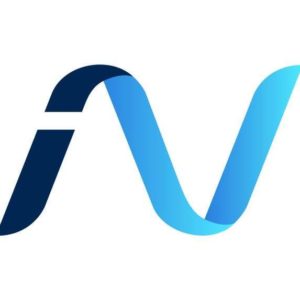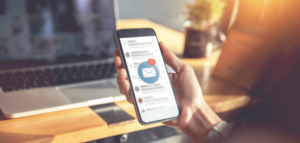
4 Email Marketing Trends to Get More Opens & Clicks
Filling your newsletters with meaningful content is far more important than bombarding the entire customer base with identical offers. Keeping up with the times and meeting user demands is crucial for any company. Spoiler: articles about trends serve as a kind of checklist. Be sure to apply what you’ve learned after reading — that’s when you’ll see results.
Email Marketing Trends: Content
1.1 UGC in Newsletters
UGC, or user-generated content, is any type of content created and published by users. Reviews, social media posts, photos, and video reviews are all variations of UGC.
1.2 Advantages of UGC:
- It requires no time or money to create;
- It helps to better understand the audience, their pains, and desires;
- It meets the demands of the era of “new sincerity”: it’s a very imperfect, and therefore, lively presentation of the product.
The imperfection of UGC content instills trust in users:
- 79% of buyers say that content created by other users greatly influences their purchasing decision;
- A website visitor is six times more likely to buy a product if they see photos of it from other users’ social networks.
According to Shopify data, advertising with UGC receives four times more clicks than branded advertising.
1.3 Challenges of Working with UGC
To obtain UGC, it’s essential first to motivate users to create it. You can offer a discount, a promo code, or organize a contest — the approach depends solely on your creative team’s imagination.
An online women’s clothing store, for instance, simply asks users to put together outfits, take photos, and tag the account on social media. In return, it promises to feature the photos on its website. Judging by the number of photographs in the “Your Looks” section — it’s quite an effective strategy.
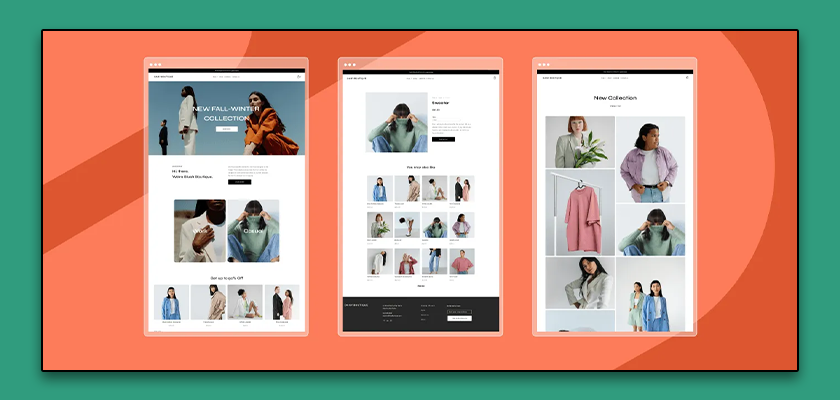
UGC in email marketing is only gaining momentum. Soon, even branded advertising and photo shoots may start to mimic it. Therefore, if your marketing team has not yet utilized user-generated content, it’s advisable to start.
In the case of email, it’s convenient to collect user reviews through AMP (Accelerated Mobile Pages) emails — newsletters with interactive elements. This tool turns the email into a mini-website. As a result, users don’t need to leave the email to leave feedback on a product or service. User resistance decreases: it’s easier for customers to agree to leave a review if it can be done with a single click. Consequently, the company is more likely to receive the user-generated content it needs.
However, there’s a catch. AMP emails require a developer and an email service that supports the technology.
AR/VR in Newsletters
AR, or Augmented Reality, and VR, or Virtual Reality, are two modern tools that help brands stand out, entertain users, and simultaneously increase conversion while promoting a product or service. AR and VR differ in complexity for both the user and the brand. Developing a VR product is more complex and costly for a company. To immerse in virtual reality, users need a special headset.
VR is most often used by large companies with the budgets and clients who can afford such a gadget. For example, in 2018, Audi introduced their new Q5 model in a virtual desert — any owner of a virtual reality headset could test drive the car before its official release. This case demonstrates how easily VR technologies can showcase a new product, overcoming resistance. The user gains a digital experience instead of a physical one, leaving them with the impression that they have already driven the new Audi. All that remains is to wait for the car’s release and visit the dealership to make a purchase.
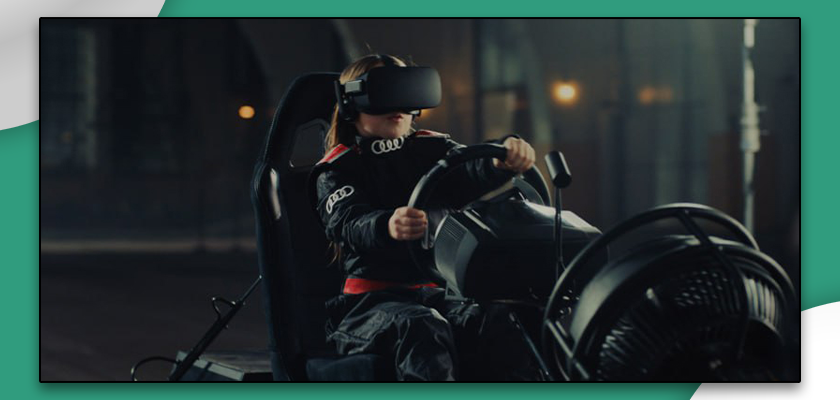
From an implementation standpoint, AR is simpler. To access augmented reality, a user only needs a smartphone or tablet. The development of such a product will also cost less compared to VR. Nonetheless, it is still quite an expensive endeavor. Firstly, there are not many specialists in the market capable of developing a stable and user-friendly application. Secondly, essentially, a separate application must be developed for each platform because the languages, navigation, and design for Android and iOS require different approaches.
The AR sector experienced a revolution with the once-popular game Pokémon GO. The developers conceived the idea of “embedding” fictional characters into real-world locations, which caused great excitement among the public. The essence of the game was simple: walk around the city, search for rare Pokémon through the smartphone screen, catch them, and collect them in your inventory.
Nowadays, this might not surprise many, but back then, Pokémon GO achieved the impossible and got crowds of teenagers off the couch and outdoors. Museums and educational institutions quickly adopted this experience and continue to successfully use it to this day.
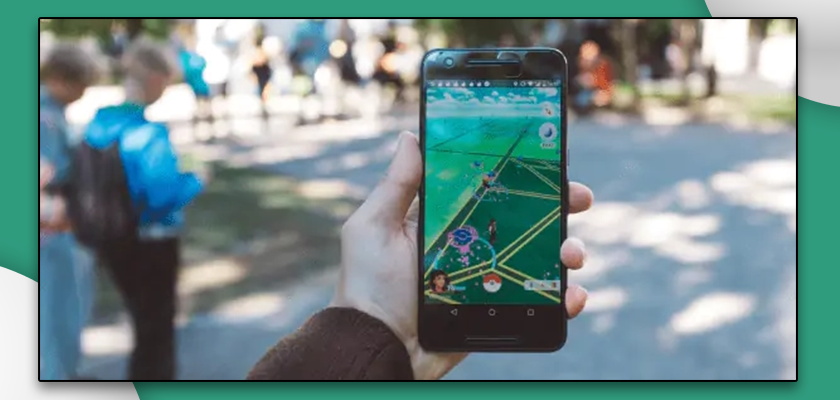
Currently, the implementation of AR in email marketing is limited by technical capabilities. Apple has been testing AR newsletters for several years, but there is no universal solution that would work on any software and in any email client without the need to redirect to external applications. However, there are developments in this direction, and the tools are being refined.
We need to be prepared for the fact that soon products will be integrated into virtual environments and could be promoted through email marketing, among other methods. Additionally, each year these tools are becoming cheaper and more accessible to users. Today, VR and AR technologies already allow for standing out among competitors and diversifying email campaigns.
In the realms of virtual and augmented realities, a lot is happening right now. Some brands are organizing meetings with users in the metaverse, while others are releasing their own NFT collections. How effective all this is remains unknown. However, it’s important and necessary to keep an eye on these developments.
Email Marketing Trends: Communication
How do you communicate with potential and current clients to ensure the content achieves its goal? Let’s delve into this below.
Omnichannel in Email Marketing
Omnichannel is a strategy that allows for the synchronization of all channels and unifies communication with the customer across different platforms. This means that a customer who visits the website, comes into the offline store, and calls support is identified by the business as the same person. This helps to fine-tune content and offer relevant products or services.
The advantage of omnichannel is seamlessness. A customer visits the website, adds a product to their favorites, puts it in the cart from the smartphone app, and completes the purchase in an AMP email. Such an approach makes the user experience cohesive. The fewer obstacles a potential customer encounters on their journey, the more likely they are to place an order.
For businesses, omnichannel is also crucial because synchronizing data from various channels leads to a better understanding of users. You know which store the customer frequents, what products they consistently view on the website, whether they read newsletters, and which social networks they use. This information allows for the creation of personalized communication. You’re not just offering products — you’re making the user’s life easier. And that’s something people want to come back to.
Hyper-segmentation and Personalization in Email Marketing
Personalization is a demand of modern users. They expect brands to offer useful proposals based on their preferences, tastes, and interests. Instapage reports that 52% of consumers are ready to switch to another brand if they receive non-personalized emails. This means, if you’re not personalizing your emails yet, you risk losing every second customer.
This statement is not without evidence: it’s indirectly supported by the Open Rate indicator — the percentage of recipients who opened the email. According to Instapage, personalized emails have an Open Rate that is 29% higher than that of non-personalized emails.
To personalize newsletters on a global scale, you need to:
- Collect data about customers and maintain a database;
- Choose an email service that allows for subscriber segmentation, email personalization, and setting up automated trigger chains.
User information needs to be constantly updated, as preferences change over time. Omnichannel partially solves this issue: when all communication channels are unified, you can track the dynamics of consumer behavior. Then, to personalize emails, you need to segment the database – categorize all users.
Standard audience segmentation involves dividing by gender, age, and geographic location. But even such data allows for organizing content systematically: sending promotions on down jackets to residents of northern regions and promo codes for umbrellas to residents of southern regions.
Large segments may not be sufficient for quality personalization. This is where hyper-segmentation comes into play – dividing the audience into small and specific segments after detailed and in-depth study.
Here’s how it works: after conducting segmentation, you have a category “male, 35 years old”. After hyper-segmentation, you have a category “male, outdoor enthusiast, 35 years old, Dubai, loyal customer”. Clearly, in the second case, the offers to the user become more specific and targeted — consequently, it’s more likely that the user will purchase your product.

Modern mailing services support both omnichannel and offer tools for personalized communication. The service allows you to build trigger chains based on actions or events. And they are sent automatically. For small businesses that do not have a designer and developer on staff, there is an option to assemble the email in a block editor — and personalize each individual block for each user there.
You just need to set a goal to master this trend — there are many tools on the market to fit your needs and budget. Keep an eye on what’s happening in the world of marketing, experiment — and you will definitely achieve visible results.
If you do not know where to start your promotion and how to increase the profit of your business, leave a request for a free consultation with the manager of WGG Agency.
















